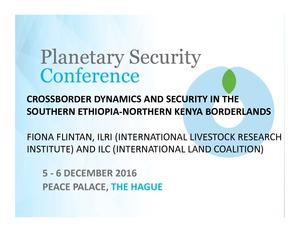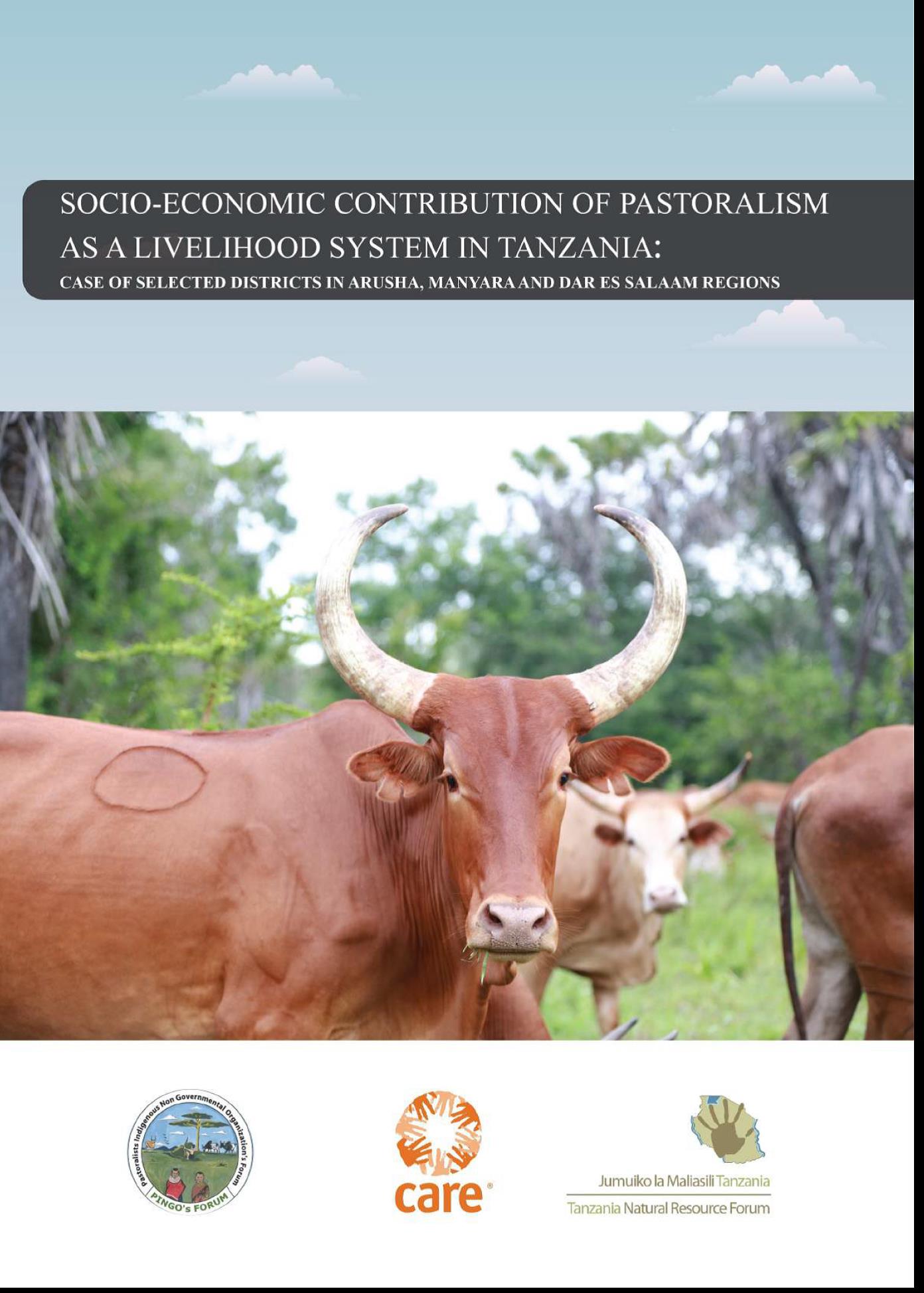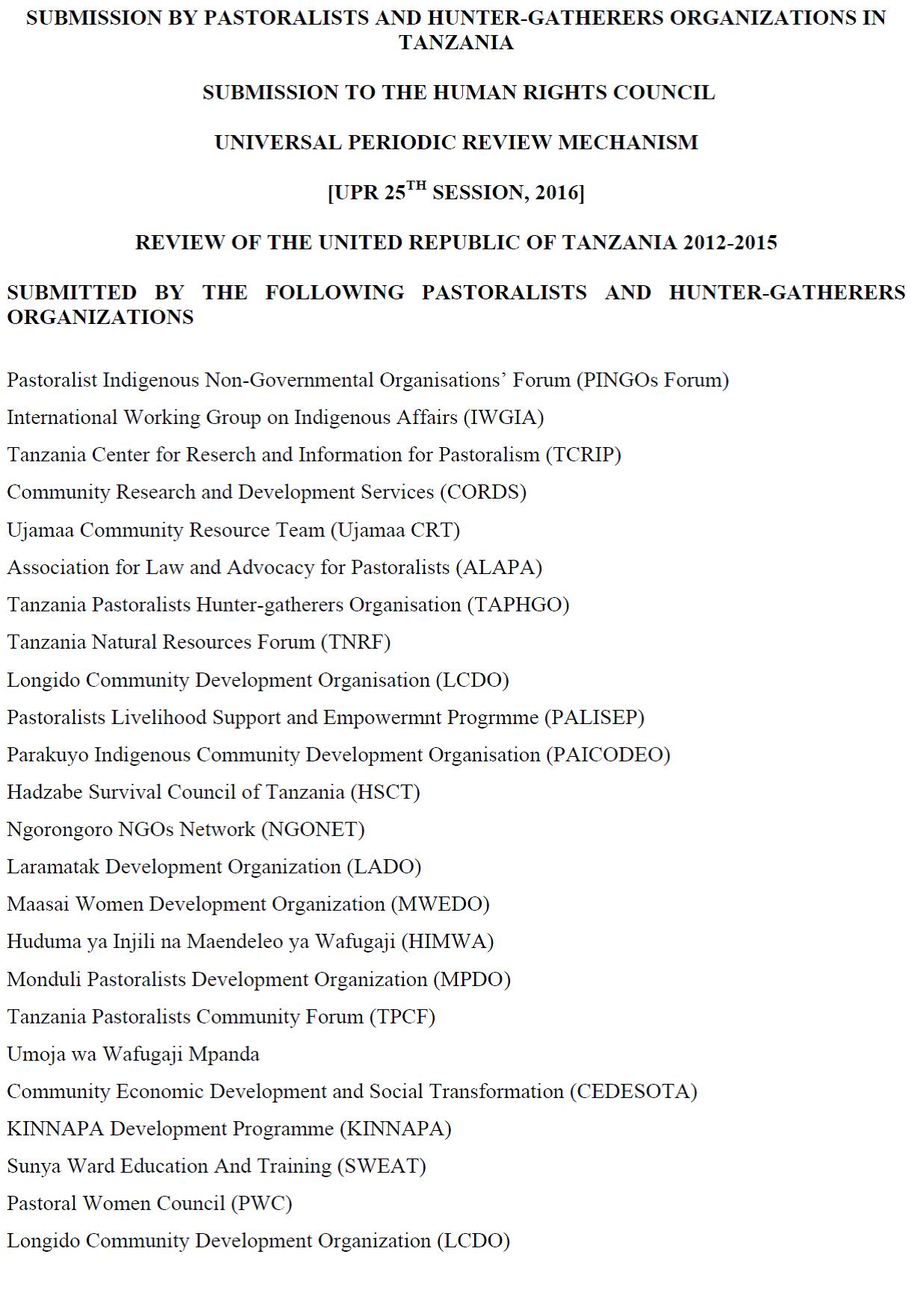Rangelands: Improving the Implementation of Land Policy and Legislation in Pastoral Areas of Tanzania: Experiences of Joint Village Land Use Agreements and Planning
Resilience-building planning in drylands requires a participatory, integrated approach that incorporates issues of scale (often large scale) and the interconnectedness of dryland ecological and social systems. In an often political environment that supports small, “manageable” administrative units and the decentralisation of power and resources to them, planning at large scale is particularly challenging; development agents in particular may find it difficult to work across administrative boundaries and/or collaboratively.








